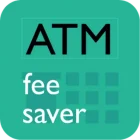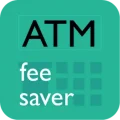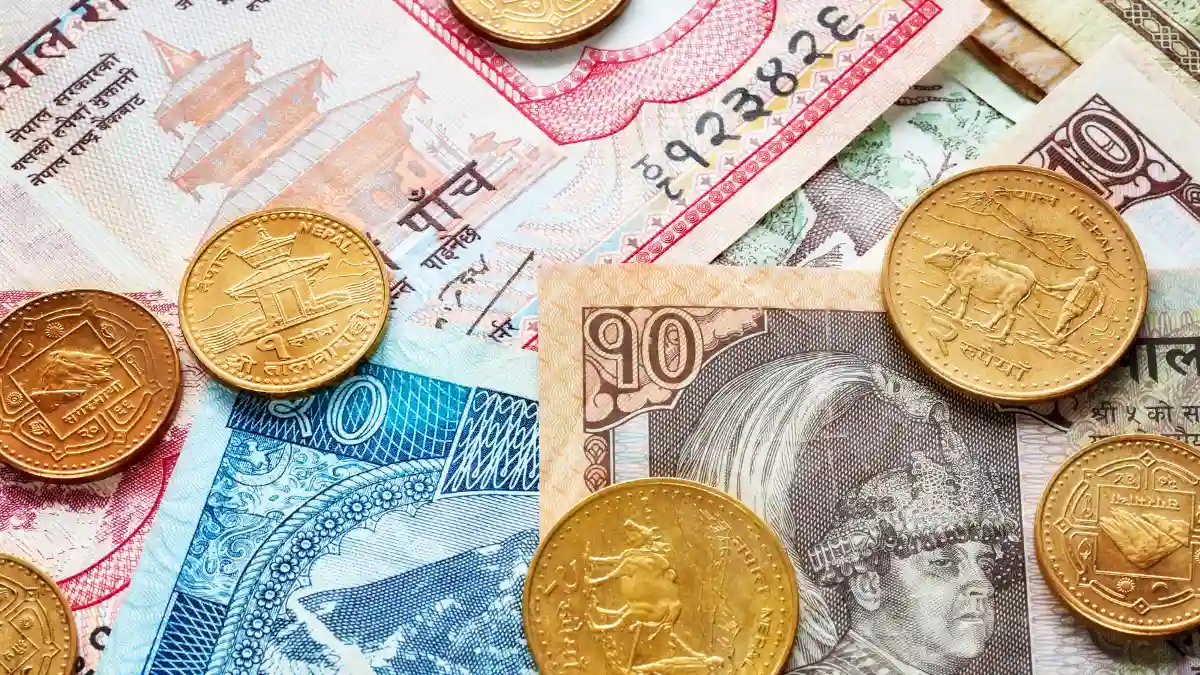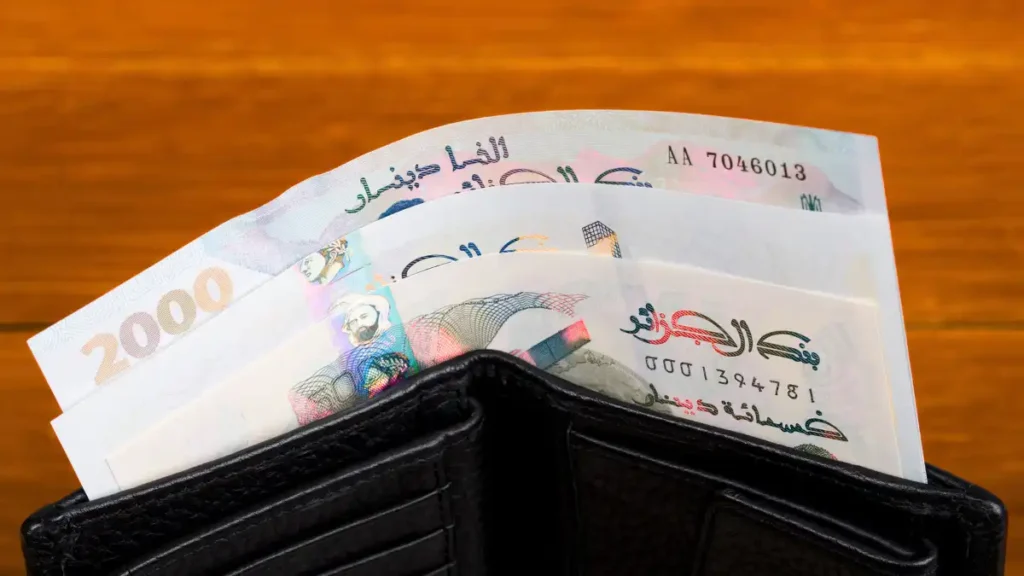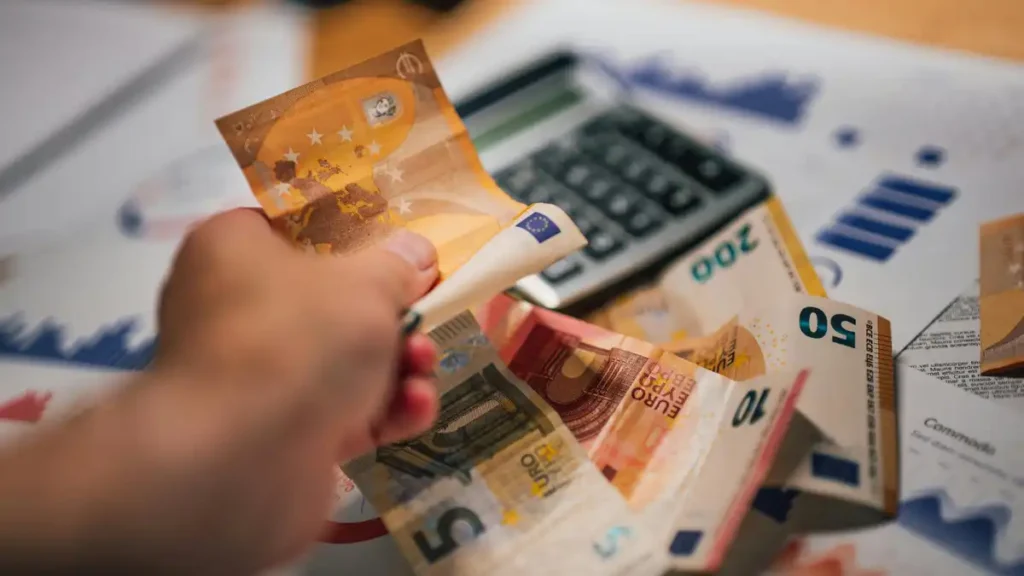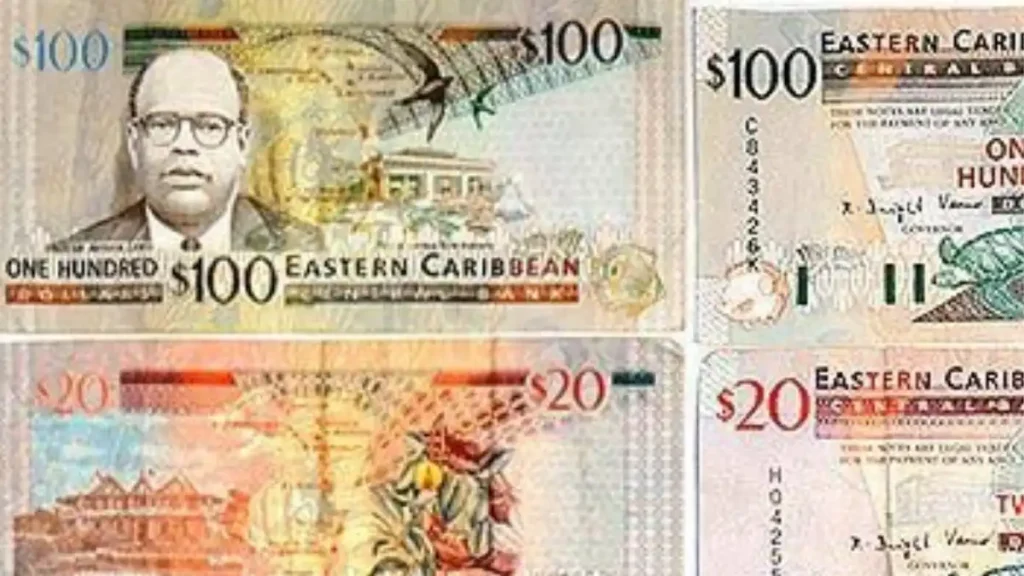Nepal’s mix of towering Himalayas, sacred temples, and vibrant street life offers a unique adventure-but understanding money in Nepal is vital for smooth travel. The local currency is the Nepalese Rupee (NPR), and while major tourist hubs like Kathmandu and Pokhara have ATMs and some card acceptance, cash is still the main payment method across the country. Street vendors, trekking guides, and small lodges operate on a cash-only basis, and foreign cards are not always reliable. This guide walks you through where and how to get currency in Nepal, how much to carry, and tips for keeping your cash safe in the mountains and cities alike.
How to pay in Nepal – cash or card?
In Nepal, you will need cash, particularly in smaller cities and rural regions. Although major hotels, restaurants, and stores in urban centres such as Kathmandu and Pokhara accept cards, it is still necessary to have cash on hand for local markets and transportation. ATMs are available, although their reliability outside major cities may be a concern.
You can use cash for:
- Budget hotels and hostels
- Local tour operators
- Tips and gratuities (widely expected in cash)
- Entry fees to museums, temples, UNESCO sites
- Local buses, microbuses, tuk-tuks, tempos, taxis
- Street food, small eateries / restaurants
- Sit-down restaurants (most mid-range and below)
- Small purchases and expenses at grocery stores, local shops, street markets
- Laundry services
- Nightlife / bars (especially in Thamel and Pokhara areas)
- Mobile SIM and phone top-up
You can use card for:
- 4 and 5 star hotels
- Large tour operators
- Shopping at malls (limited to Kathmandu and Pokhara)
- Entry fees (via online systems in some major attractions)
- App-based taxis (Pathao and InDrive in Kathmandu)
- Airport transport (prepaid taxis can take card)
- Sit-down restaurants (in upscale urban establishments)
- Upscale restaurants
- Online bookings for upscale hotels, flights, tours
- Spas (tourist hubs)
- Vehicle renting (in urban areas)
- Emergency medical clinics / pharmacies (in Kathmandu and Pokhara)
Nepal is primarily cash-based, especially outside urban areas. Even in Kathmandu, carry Nepalese Rupees (NPR) for convenience, as card usage is limited.
What’s the best currency to take to Nepal?
The currency used in Nepal is the Nepalese Rupee (NPR), which comes in note denominations of Rs. 1, 2, 5, 10, 20, 50, 100, 500, and 1000. Of course, it is widely used and accepted.
US Dollars are widely accepted in tourist areas, major hotels, and for activities such as trekking and tours. In similar settings, Euros and Pounds may also be accepted, although they are not as commonly used.
So, Nepalese Rupee is the best currency to take to Nepal.
Where to get the local currency in Nepal?
In Nepal, you can get the local currency in 3 ways. These are:
ATMs, or
Currency exchange
Money transfer and local pick-up
Important tip: It is advisable to refrain from purchasing Nepalese Rupee in your home country. It may be challenging to find this currency locally, and if you do manage to find it, the exchange rate might not be favourable.
Types of cards to swipe in Nepal
Visa and Mastercard transactions are commonly accepted for swiping. You might also find some places that accept Amex and other cards, albeit less frequently.
Types of cards at ATMs in Nepal
When withdrawing money in Pakistan, majority of the ATMs will accept Visa, Mastercard, Cirrus, Plus and Maestro, JCB and UnionPay cards. Some of them accept Amex, and Diners cards. Cards such as Diners, Discover and Rupay are not usually accepted by many ATMs.
Should I exchange money before travelling to Nepal?
It’s advisable to bring a small amount of Nepalese Rupees (NPR) before traveling for immediate expenses like taxis, tips, or small snacks. However, most foreign banks do not stock NPR and exchange rates outside Nepal are generally unfavorable.
A better option is to withdraw NPR from ATMs upon arrival. ATMs are widely available in Kathmandu, Pokhara, and major tourist hubs, including at Tribhuvan International Airport. Most ATMs accept Visa and Mastercard, though international withdrawal fees may apply. Cirrus and Plus cards may also work, but it’s best to confirm with your bank.
Currency exchange is easily done at banks or licensed money changers in Thamel (Kathmandu), Lakeside (Pokhara), and major towns. Exchange rates at the airport and hotels are usually less favorable. Indian Rupees (INR) are also accepted in many places near the border but note that 500 and 2,000 INR notes are banned.
Cash is essential for local markets, treks, rural areas, and small establishments. While cards are accepted in some hotels and restaurants, carrying a mix of cash and cards is strongly recommended.
Where to withdraw money in Nepal
The best ATMs for foreigners to use in Nepal are those owned by popular banks such as:
- Citizens Bank
- Nepal SBI Bank
- NIC Asia
- ADBL
- Laxmi Bank
- Prabhu Bank
- NMB Bank
- Everest Bank
For a detailed guide, read Cash and ATMs in Nepal.
Discover fee-free and low-fee ATMs on the ATM Fee Saver mobile app for iOS and Android. This app provides ATM PINs and details of leading bank ATMs such as ATM fees and withdrawal limits for foreign cardholders at ATMs in Nepal. Moreover, its simple fee calculator helps you determine exact withdrawal charges. You can also find cash tips and tricks on the app for 160+ countries including Nepal.
Download now from the App Store or Play Store.
Where to exchange currency in Nepal
In Nepal, you can exchange currency at authorised currency exchanges, banks, airports, and hotels, the most popular being authorised currency exchanges.
Nepal has numerous licensed money changers, especially in Kathmandu, Pokhara, and other tourist-heavy areas. These exchange offices often offer better rates than banks, and they are commonly found in:
Thamel (Kathmandu): Nepal’s main backpacker hub with the highest concentration of money changers.
Lakeside (Pokhara): Major tourist zone with multiple licensed forex providers.
- Notable currency exchanges are:
International Money Express
Pioneer Exchange
Himalayan Forex
Kantipur Money Changers
Always check for an Authorized by Nepal Rastra Bank sign to ensure the exchanger is licensed.
- Banks Offering Currency Exchange:
Nepal Investment Bank
Himalayan Bank
Standard Chartered Bank Nepal
Nabil Bank
Bank rates are reliable but slightly less competitive. Operating hours are typically 10:00 AM to 4:00 PM on weekdays.
💡 Tip: USD, EUR, INR, GBP, and CNY are widely accepted for exchange. Avoid airport exchanges unless necessary due to lower rates.
Pro-tips:
Stay away from airport exchanges – Poor rates
Avoid the black market – Be wary of being conned.
Include fresh notes – If your notes are damaged or dirty, you can expect to pay more or less.
Is carrying money in Nepal safe?
In terms of safety, it is fine to carry a reasonable amount of cash in Nepal. And essential. To do this securely, keep these tips in mind:
Some safety tips for carrying cash while travelling in Nepal are:
- Carry only the cash you need.
- Do not keep all the cash in one pocket or wallet.
- Put some cash in a safety belt or fanny pack.
- Do not flash your cash.
- When paying, do not remove or display your entire cash.
- Keep wallets preferably in front pockets.
- Cross-wear your purses if possible.
- Hold your purses, wallets and bags close and tight on crowded streets and in public trains and buses.
- When withdrawing cash, keep the cash low while you count it so people around don’t see it.
- If you’re dining alone, don’t leave your wallet / bag unattented while you go to the restroom.
- If sitting outdoors in a restaurant, don’t leave your wallets / bags on the table.
Is it better to use debit or credit cards or pay by cash in Nepal
Use a card if it is fee-free i.e. your bank does not charge any fees to swipe the card, when the merchant / POS also does not impose any extra charge to use a card, you need to use the insurance of the card, don’t want to block cash of large purchases and card’s swipe fees are lower than withdrawal fees.
Pay by cash by withdrawing cash from ATM or exchanging currency where – fees on ATM withdrawals are lesser than fees on swiping cards, you don’t want to leave any digital footprint of your expenses, it is convenient and easier to conduct transactions.
